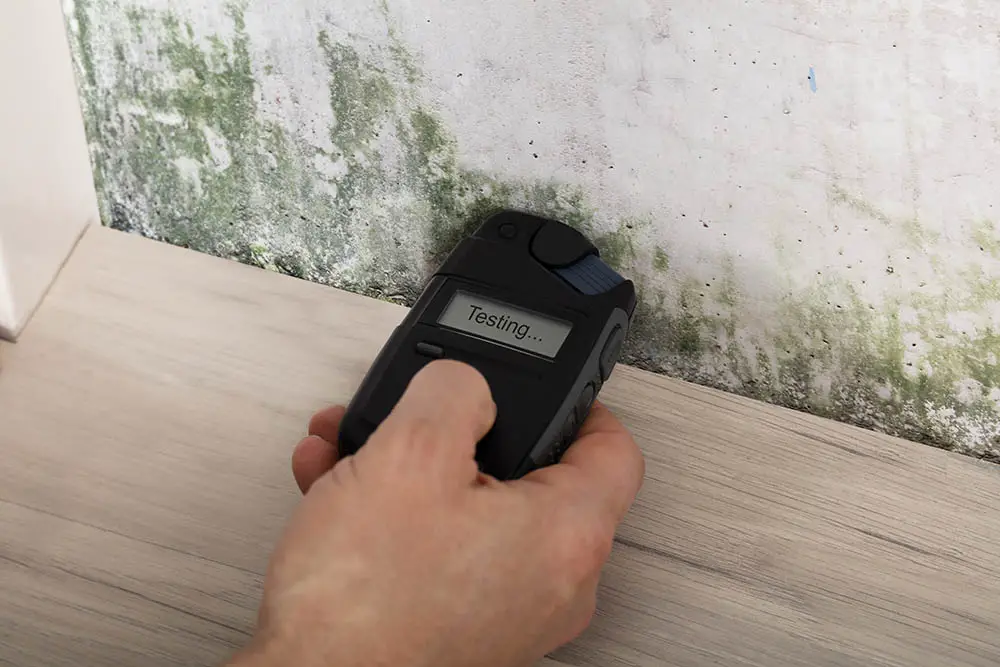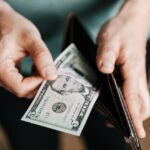Mold growth is a common household issue that can have detrimental effects on both the structural integrity of a home and the health of its occupants. While mold can develop in various environments, certain areas within our homes are more susceptible to mold growth than others. Understanding these vulnerable areas and the factors contributing to mold growth can help homeowners take proactive measures to prevent its occurrence. In this article, we will delve into the question: “Are certain areas of the home more prone to mold growth?”
The Role of Moisture in Mold Growth
Moisture is a key factor in mold development, and areas of the home with higher moisture levels are more likely to foster mold growth. Rooms with high humidity levels, such as bathrooms and kitchens, are especially vulnerable. The constant presence of water vapor from activities like showering, cooking, and washing dishes creates an ideal breeding ground for mold spores. To mitigate this risk, ensure proper ventilation in these areas, use exhaust fans, and fix any leaks promptly.
Basements and Crawl Spaces
Basements and crawl spaces are notorious for their susceptibility to mold growth. These areas are often prone to high humidity due to poor ventilation and possible water seepage. Because they are located below ground level, they can also be cooler and darker, further promoting mold growth. Regularly inspect and waterproof these spaces, address any drainage issues, and consider using a dehumidifier to keep humidity levels in check.
Mold Growth in Attics
Attics are another area prone to mold growth, especially if proper ventilation is lacking. Inadequate air circulation in attics can lead to moisture accumulation, especially in regions with fluctuating temperatures. Condensation can form on the underside of the roof, creating an environment conducive to mold growth. To prevent this, ensure proper attic ventilation, insulate the space adequately, and seal any gaps that could allow moisture to enter.
Mold Growth in Corners and Cracks
Mold thrives in hidden corners and cracks, as these areas often trap moisture and are deprived of proper airflow and light. These places are common in any room, but they can be particularly problematic in bathrooms, kitchens, and basements. Regularly inspect your home for these hidden spaces, paying attention to areas around windows, behind furniture, and under sinks. Keep these areas clean, dry, and well-lit to discourage mold growth.
Conclusion
In conclusion, certain areas of the home are indeed more prone to mold growth due to various factors. Moisture, inadequate ventilation, and poor lighting are all contributors to mold development. Bathrooms, kitchens, basements, crawl spaces, and attics are particularly vulnerable due to their unique characteristics. As a homeowner, it’s essential to remain vigilant in preventing mold growth by addressing moisture sources promptly, improving ventilation, and maintaining a clean and dry environment.
Regular inspections, routine maintenance, and timely repairs are key to mold prevention. By identifying and addressing the vulnerable areas within your home, you can create an environment that is less conducive to mold growth. Remember that prevention is far easier and more cost-effective than dealing with a full-blown mold infestation. If you suspect mold is already present, it’s crucial to seek professional remediation to ensure its safe and effective removal.
Ultimately, a combination of awareness, proactive measures, and proper maintenance can significantly reduce the risk of mold growth in your home. With a little effort and attention, you can create a healthier living space for you and your loved ones.








